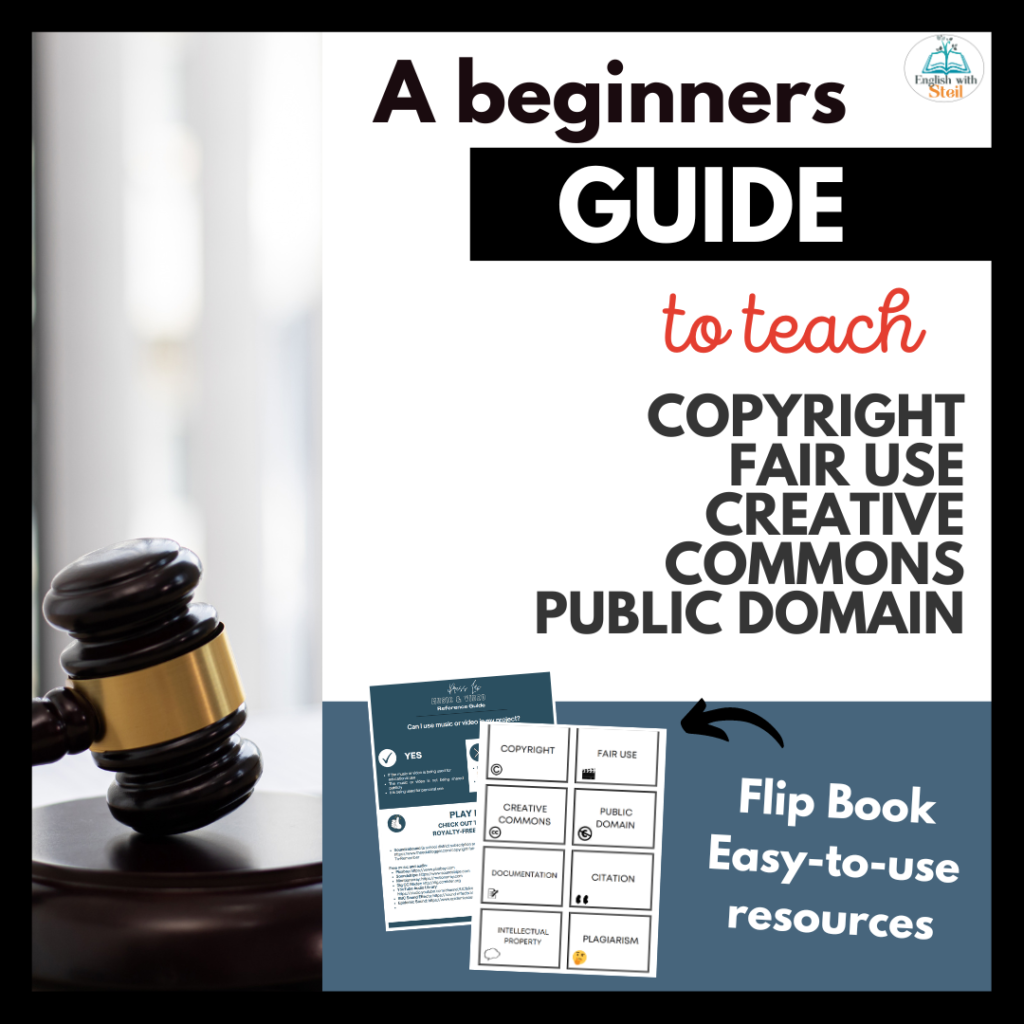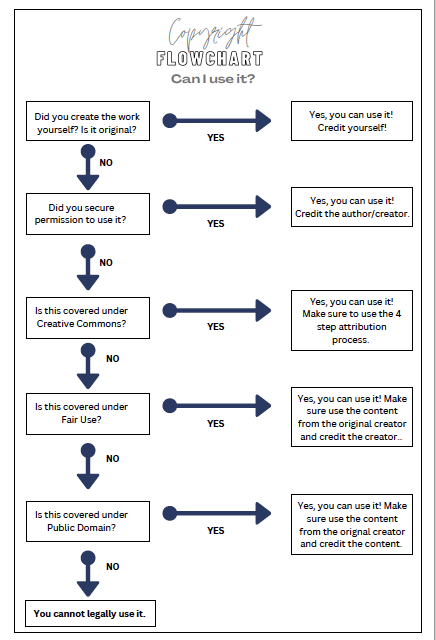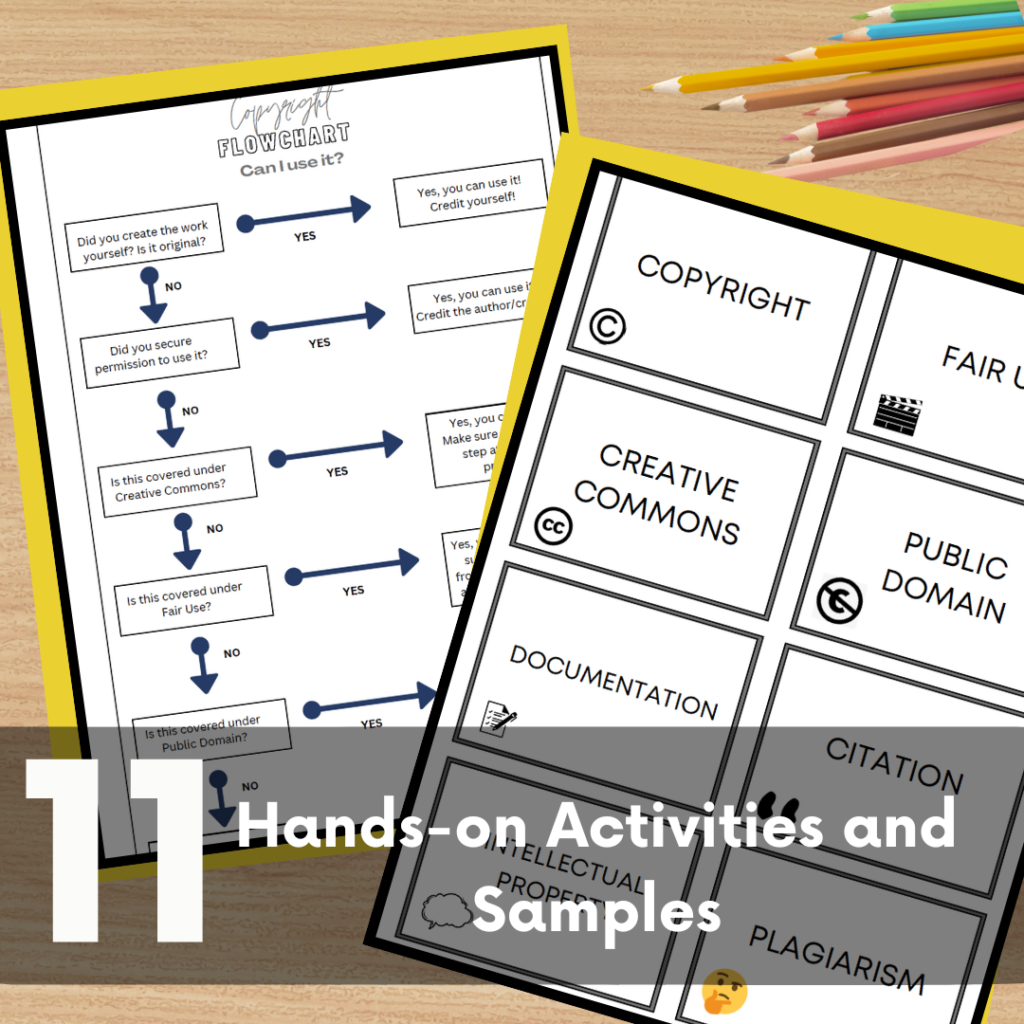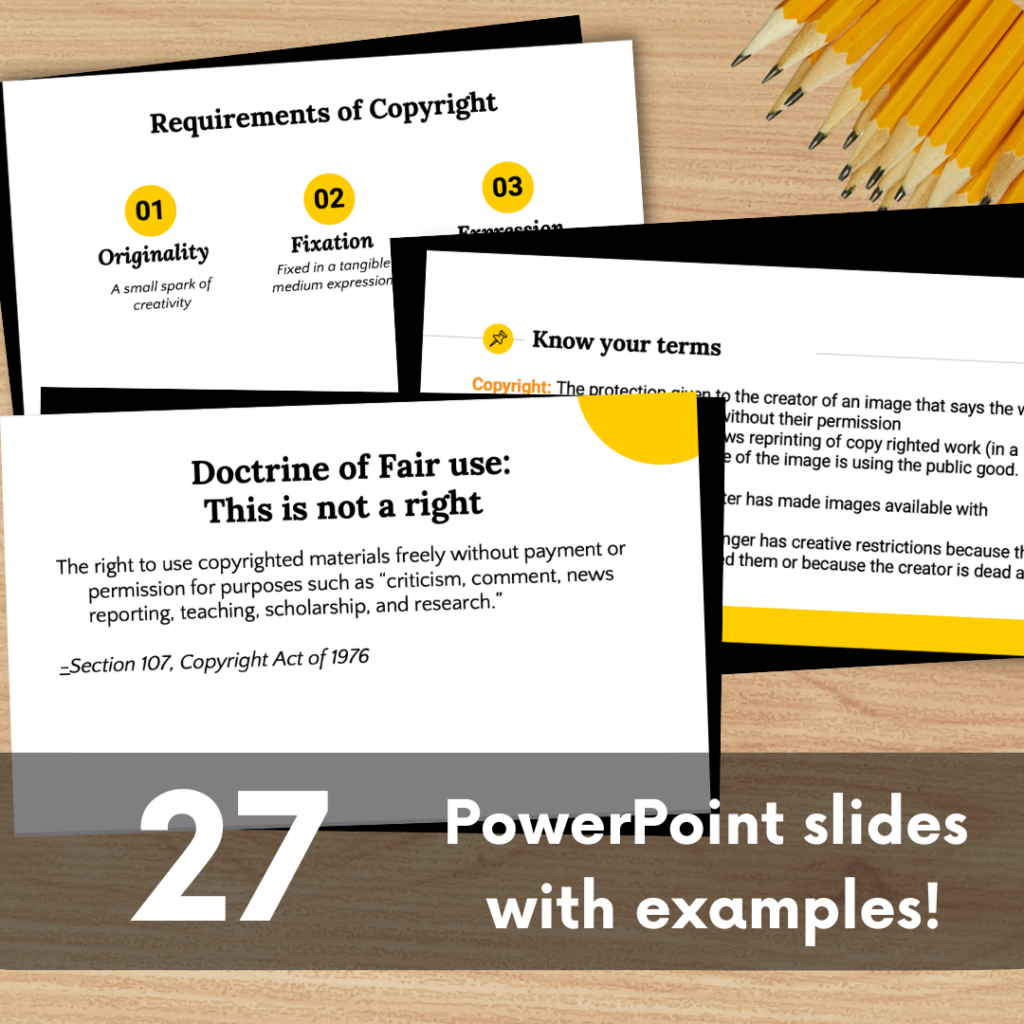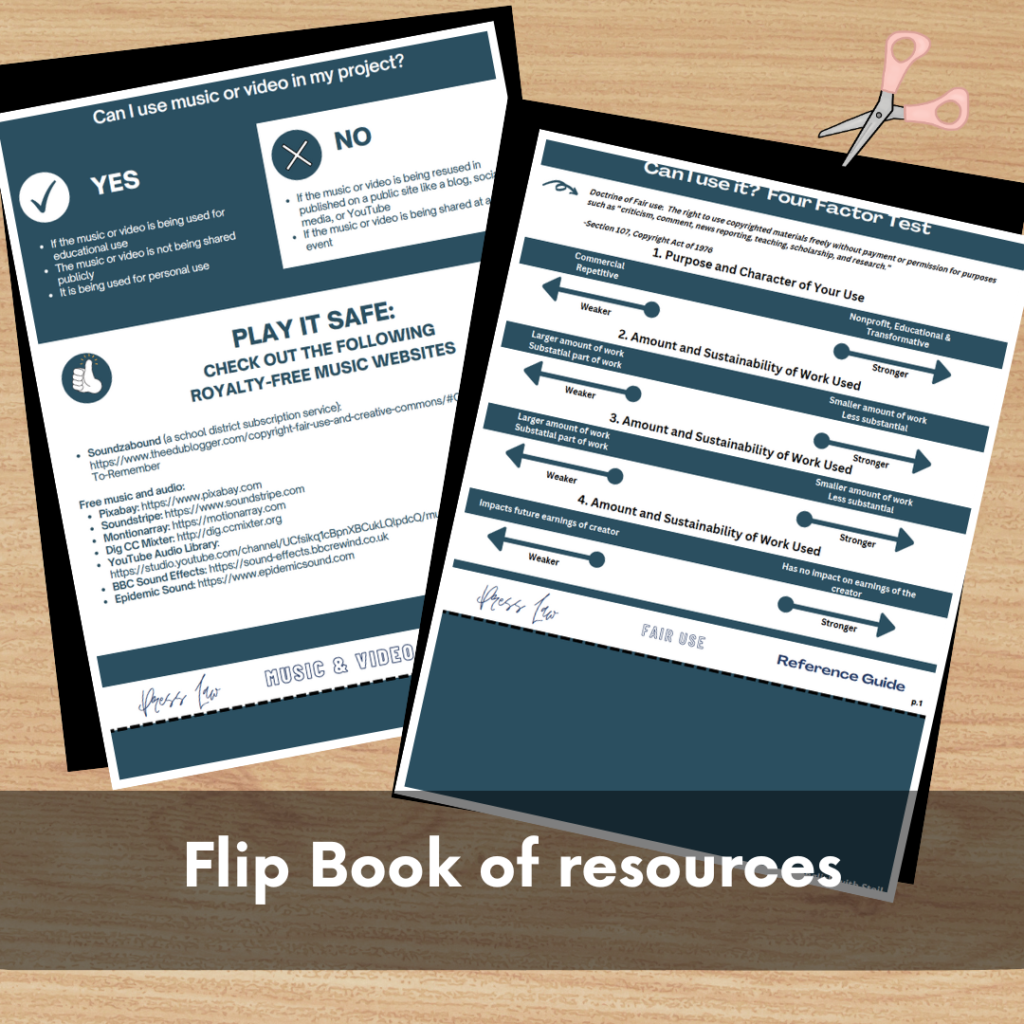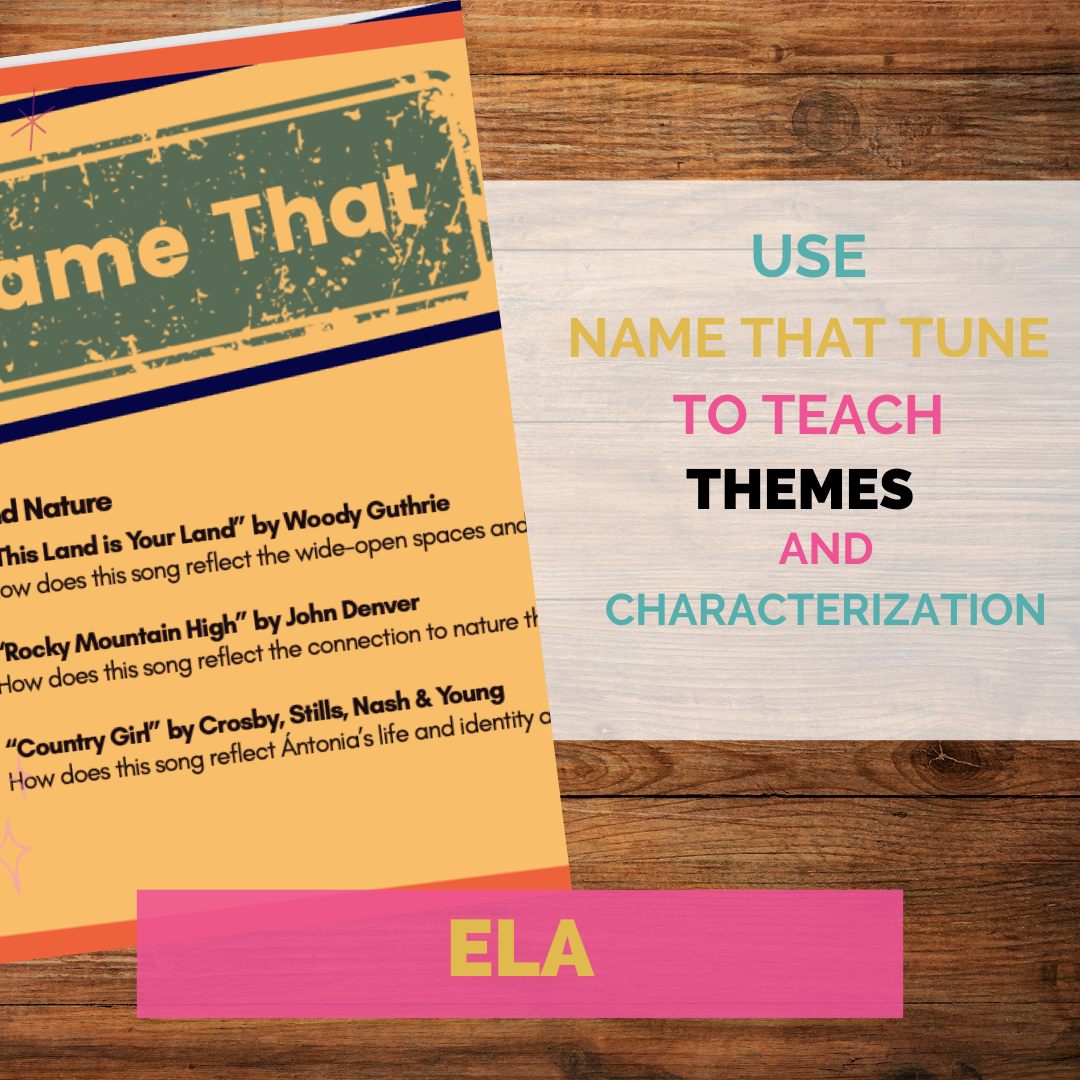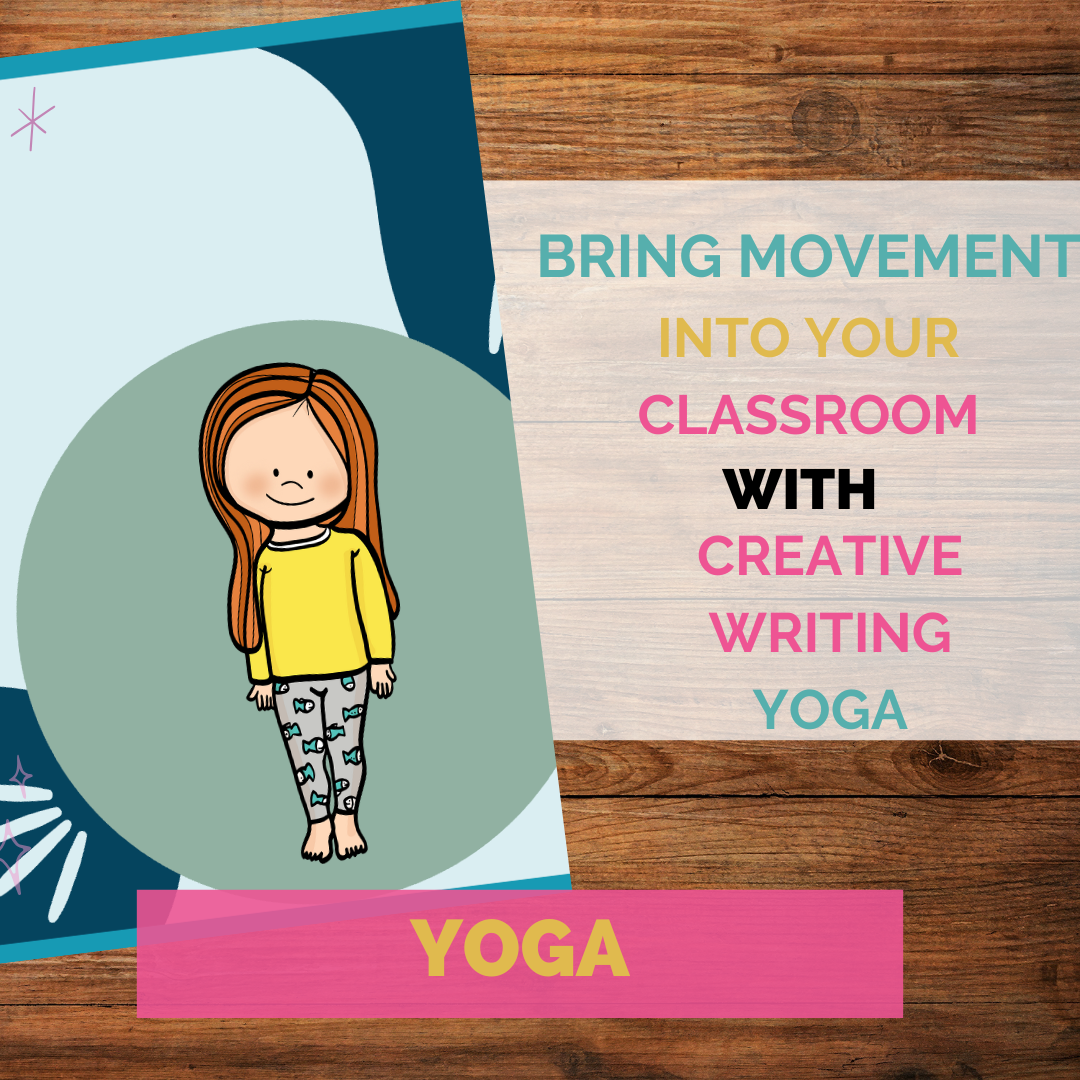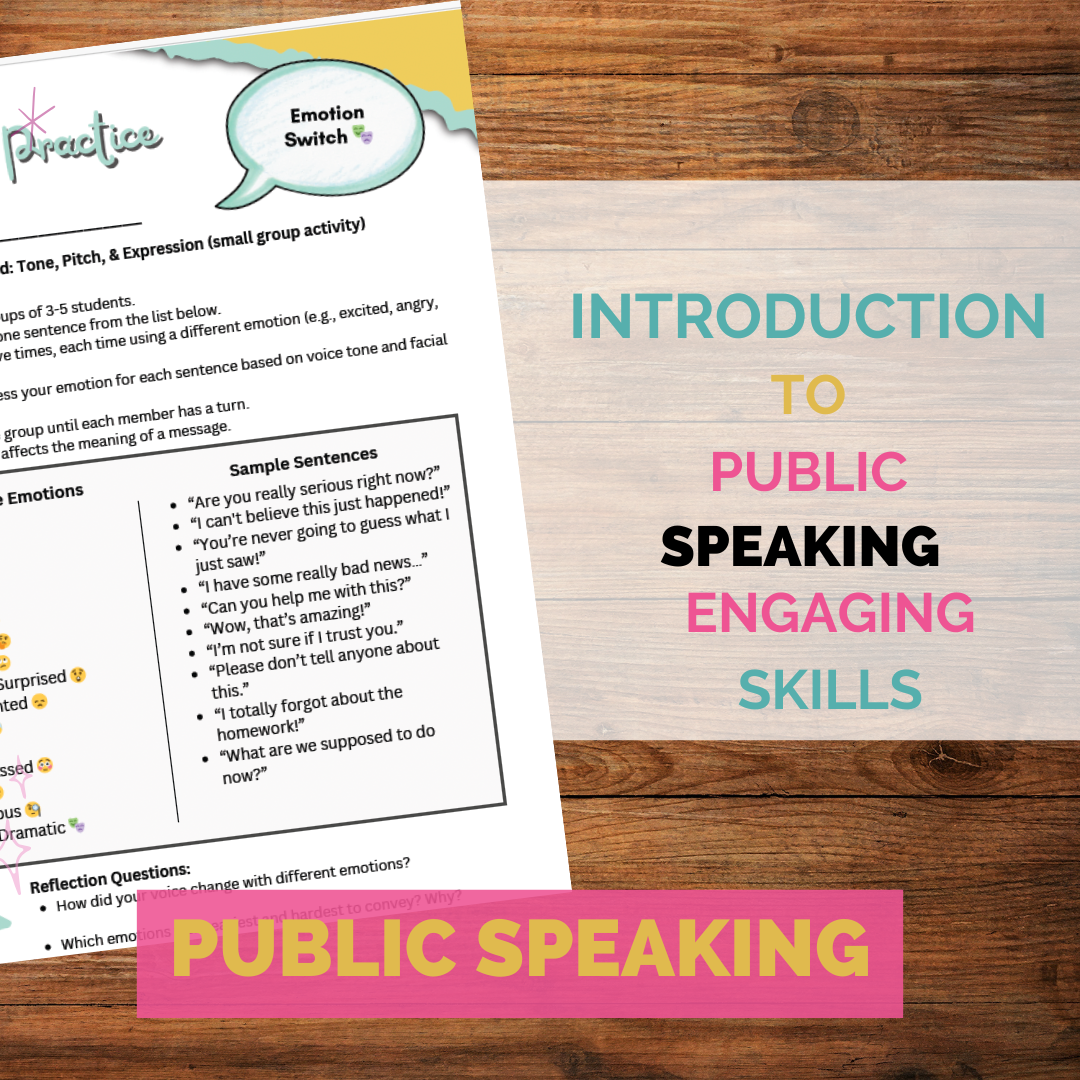Understanding Copyright: Empowering Students to Create Responsibly
In today’s digital age, with information at our fingertips and the ease of sharing and replicating content, understanding copyright has never been more crucial. For educators, it offers a unique opportunity not just to teach students about the legalities of creative work but also to instill respect for originality and innovation. Here’s why teaching copyright is essential and how it ties into fostering creativity in the classroom.
The Ever-evolving Digital Landscape:
We live in a world where creating, sharing, and accessing content is a daily routine. From essays to videos, memes to music remixes, the lines between original content and derivative work have become increasingly blurred. This landscape makes it imperative for students to understand what copyright is, its implications, and its importance.
Why Teach Copyright?
Promoting Ethical Practices:
- Teaching copyright helps students understand the value of original work and the effort that creators put into their content. It instills a sense of respect for others’ work and discourages unethical practices like plagiarism or unauthorized sharing.
Navigating the Digital World Safely:
- Understanding copyright keeps students safe from potential legal consequences. They learn when it’s permissible to use someone else’s work, under what conditions, and the importance of giving credit.
Encouraging Authentic Creation:
- When students grasp the value of originality through understanding copyright, it drives them to create authentic content. They begin to see the beauty and value in creating something unique rather than merely replicating or slightly altering existing work.
Broadening the Horizon for Innovation:
- Copyright also introduces students to the world of open-source resources, public domain works, and Creative Commons licenses. These tools can be goldmines for innovation, allowing students to build upon existing work legally and ethically.
Teaching Copyright and Fostering Creativity:
1. Introduce Real-Life Scenarios
One of the most effective ways to teach copyright is by grounding the lessons in real-life scenarios. Case studies of famous copyright disputes—such as those in the music or movie industry—make abstract concepts more relatable and engaging for students. For example, exploring cases like the “Blurred Lines” lawsuit or disputes involving sampling in hip-hop music can spark lively discussions about intellectual property rights and creative boundaries. Additionally, resources from the Student Press Law Center provide excellent examples tailored for educational use. These scenarios not only capture students’ attention but also highlight the real-world consequences of copyright infringement, encouraging them to think critically about its implications.
2. Hands-On Projects
Hands-on learning brings copyright concepts to life. Encourage students to undertake projects that involve using copyrighted materials responsibly. For instance, they could create a video montage, remix a song, or write an essay incorporating copyrighted visuals. As they work, guide them through the process of seeking permissions, giving proper credits, or using royalty-free resources. This approach provides practical experience in navigating copyright rules and fosters an appreciation for respecting creators’ rights. By actively engaging with copyright principles, students not only learn the rules but also understand their importance in fostering ethical creativity.
3. Invite Guest Speakers
Bringing in guest speakers offers students a unique, real-world perspective on copyright issues. Local authors, musicians, filmmakers, or digital creators can share their experiences with copyright—from protecting their own work to navigating legal challenges. Hearing firsthand accounts makes the topic more tangible and impactful for students. Guest speakers can also provide valuable advice on how to balance creativity with ethical use of others’ work. The Student Press Law Center offers resources to help educators connect with experts or prepare questions for these sessions, ensuring that the discussions are both insightful and relevant.
4. Emphasize the Importance of Originality
One of the best ways to instill respect for copyright is by fostering a culture of originality in the classroom. Regularly organize creative projects where students produce their own work—whether it’s art, music, writing, or digital content. Celebrate their creations with showcases, exhibitions, or class discussions, emphasizing the value and joy of authenticity. By highlighting the effort and creativity involved in producing original work, students develop a deeper understanding of why copyright exists to protect creators. Encouraging originality also inspires pride in their work and a greater awareness of their own intellectual property rights.
5. Introduce Creative Commons
Teaching students about the Creative Commons licensing system is an excellent way to balance respect for copyright with the spirit of sharing. Explain how Creative Commons allows creators to specify how their work can be used—whether it’s for non-commercial purposes, with attribution, or under other conditions. Show students how to find and use Creative Commons resources for their projects, such as images, music, and videos. Encourage them to consider licensing their own work under Creative Commons to share it responsibly with others. This system not only simplifies copyright for students but also fosters collaboration and ethical sharing within creative communities.
Final Thoughts:
Teaching copyright is not just about informing students of legal considerations; it’s about shaping their approach to the creative world. By understanding the value of originality and the effort behind creative works, students are better positioned to appreciate, consume, and produce content responsibly. As educators, it’s our responsibility to equip students with the tools they need to navigate and contribute to the ever-evolving digital landscape, ethically and creatively.
Buy Yours Now!
A Beginner's Guide to
Copyright, Fair Use, Creative Commons, and Public Domain
